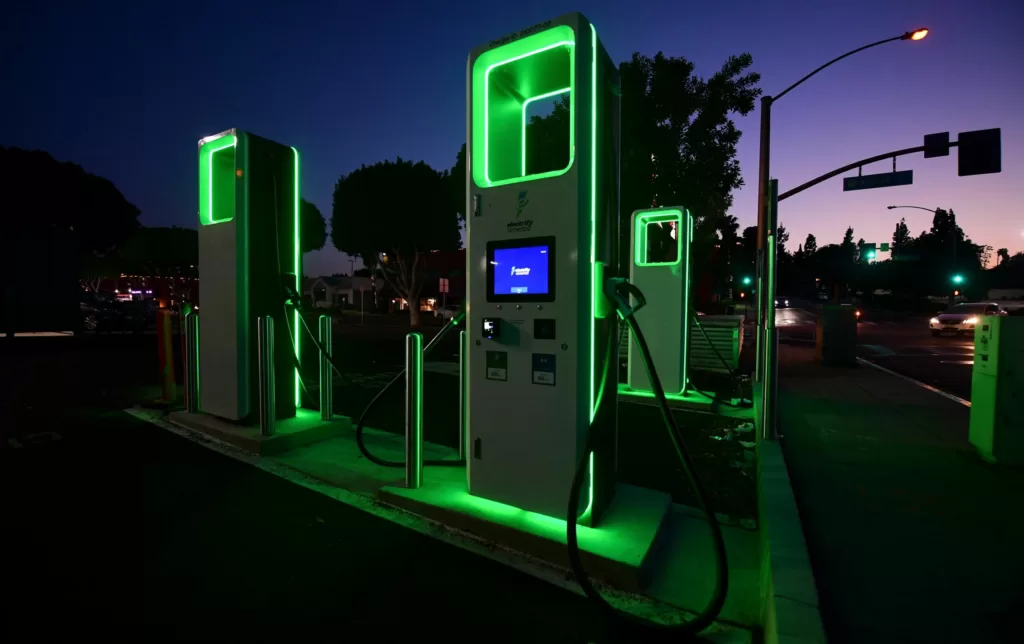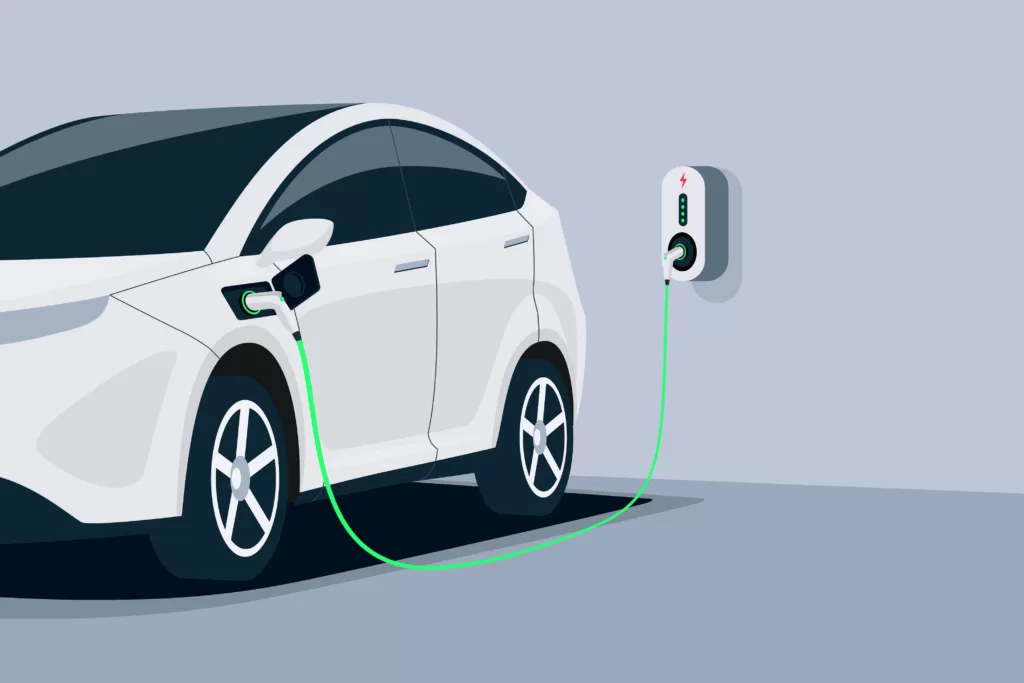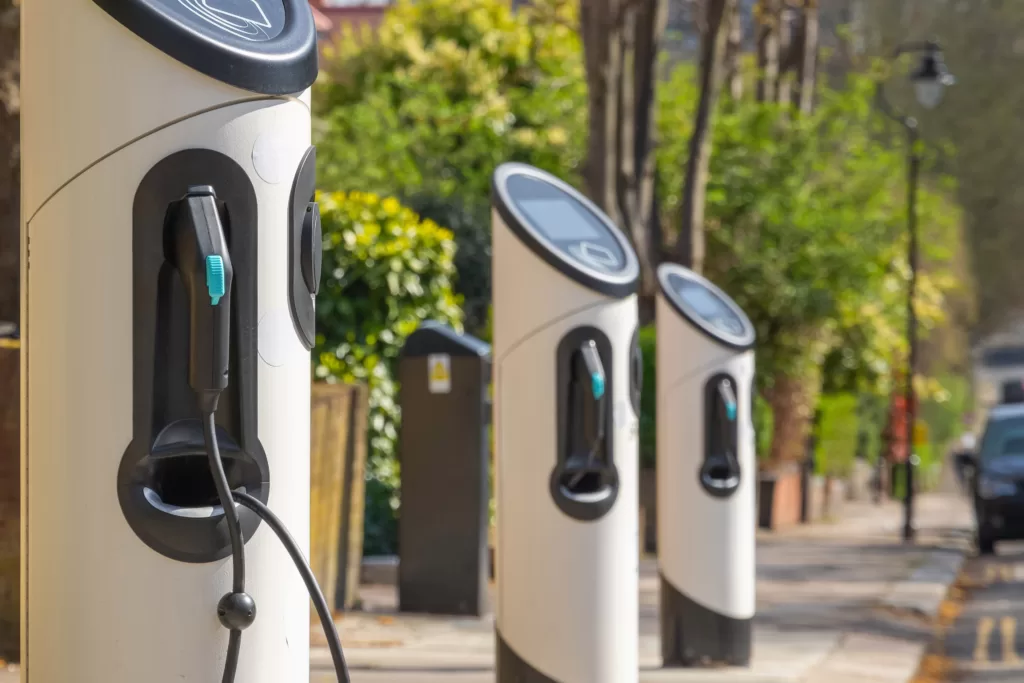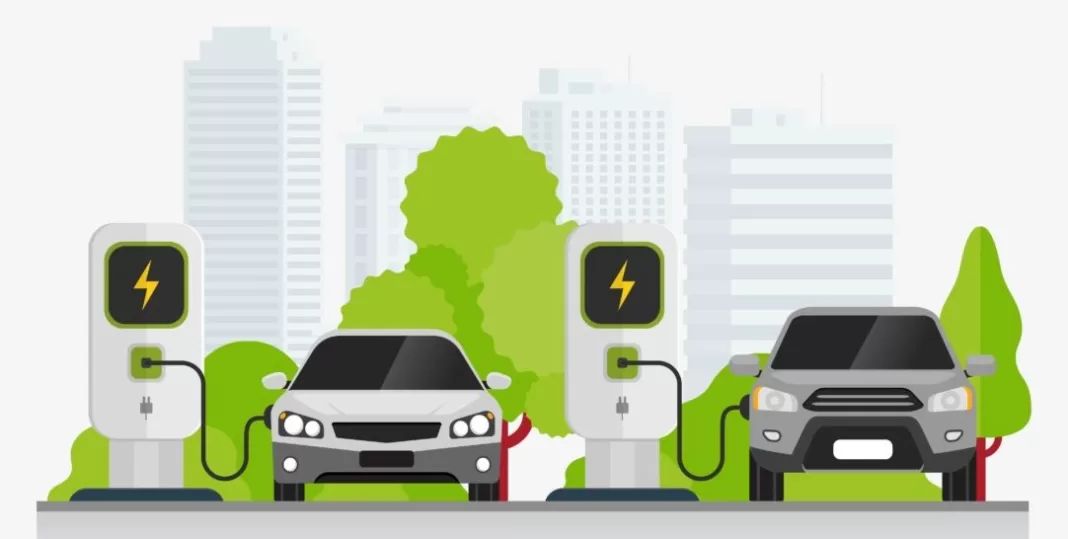EV Charging Infrastructure Challenges, and Prospects.
With the rapid growth of electric vehicles (EVs) on our roads, the demand for efficient and accessible EV charging infrastructure has become more crucial than ever. EV charging infrastructure refers to the network of charging stations and supporting technologies that enable drivers to recharge their electric vehicles. In this comprehensive guide, we will delve into the various aspects of EV charging infrastructure, including its importance, types of charging stations, challenges, and prospects.

Table of Contents
- Why is EV Charging Infrastructure Important?
- Types of EV Charging Stations
- EV Charging Infrastructure Challenges
- The Future of EV Charging Infrastructure
- Frequently Asked Questions (FAQs)
- FAQ 1: How long does it take to charge an electric vehicle?
- FAQ 2: Are all EV charging stations compatible with all-electric vehicles?
- FAQ 3: Can I charge an EV at home?
- FAQ 4: Is it possible to overcharge an electric vehicle?
- FAQ 5: How do I find EV charging stations near me?
- FAQ 6: What is the average cost of charging an electric vehicle?
- Conclusion
Why is EV Charging Infrastructure Important?

The development of robust and widespread EV charging infrastructure is vital to support the mass adoption of electric vehicles. Without a reliable network of charging stations, EV owners would face significant challenges in accessing convenient charging options, hindering the growth of the electric vehicle market. A robust EV charging infrastructure addresses concerns such as range anxiety and provides EV drivers with the confidence to embark on long journeys knowing that charging facilities are readily available along their route.
Types of EV Charging Stations
Level 1 Charging
Level 1 charging, also known as trickle charging, is the most basic form of EV charging. It involves plugging the vehicle into a standard 120-volt household electrical outlet. This charging method is convenient for overnight charging at home or at workplaces where vehicles are parked for extended periods. However, Level 1 charging is relatively slow, typically providing only 2-5 miles of range per hour of charging.
Level 2 Charging
Level 2 charging stations are more powerful than Level 1 and are commonly found in public locations, workplaces, and residential settings. These stations use
Level 2 charging stations are more powerful than Level 1 and are commonly found in public locations, workplaces, and residential settings. These stations use a 240-volt power supply, allowing for faster charging times compared to Level 1. With Level 2 charging, EV owners can typically add around 10-20 miles of range per hour of charging, depending on the vehicle and the station’s power output.
DC Fast Charging
DC Fast Charging, also known as Level 3 charging, is the fastest and most powerful charging option currently available. These charging stations utilize direct current (DC) to charge the vehicle’s battery directly, bypassing the vehicle’s onboard charger. DC Fast Charging stations can provide an impressive range of 60-80 miles in just 20 minutes of charging. These stations are commonly found along highways, enabling long-distance travel for EVs.
EV Charging Infrastructure Challenges
While the growth of EV charging infrastructure has been remarkable, several challenges still need to be addressed to further enhance its effectiveness and accessibility.
Limited Availability of Charging Stations
One of the main challenges facing EV charging infrastructure is the limited availability of charging stations, particularly in certain regions and remote areas. This scarcity can cause inconvenience and range anxiety for EV owners, discouraging potential buyers from opting for electric vehicles. To address this challenge, governments, and private companies need to collaborate to accelerate the deployment of charging stations in strategic locations, including highways, urban centers, and residential areas.
Range Anxiety
Range anxiety refers to the fear of running out of battery power before reaching a charging station, leading to hesitation or reluctance in adopting electric vehicles. Overcoming range anxiety requires the establishment of a well-distributed charging network, ensuring that drivers have access to charging stations whenever they need them. Additionally, technological advancements in battery technology to increase range and improve charging speeds can help alleviate range anxiety and boost consumer confidence in EVs.

Cost and Funding
The cost of deploying EV charging infrastructure remains a significant challenge. Building and maintaining charging stations, especially high-speed DC Fast Charging stations, involves substantial investments. Additionally, the revenue generated from charging services may not always cover the initial costs. To address this, governments and private investors need to incentivize the development of charging infrastructure through grants, subsidies, and tax incentives. Collaboration between the public and private sectors can help reduce costs and increase the viability of charging station businesses.
The Future of EV Charging Infrastructure
As electric vehicles continue to gain popularity, the future of EV charging infrastructure looks promising. Here are two key developments that hold great potential:
Wireless Charging
Wireless charging, also known as inductive charging, eliminates the need for physical cable connections. This technology allows EVs to charge simply by parking over a wireless charging pad or plate installed in the ground. Wireless charging offers convenience and ease of use, as it eliminates the need for manually plugging and unplugging charging cables. Several automakers and infrastructure providers are investing in wireless charging technology, which has the potential to revolutionize EV charging in the future.
Ultra-Fast ChargingUltra-fast charging technologies aim to significantly reduce charging times, making EV charging even more convenient and comparable to refueling a conventional vehicle. By increasing the power output and efficiency of charging stations, ultra-fast charging can provide a substantial range in a short amount of time. Efforts are underway to develop charging stations capable of delivering power outputs of 350 kW or higher, allowing for rapid charging and minimizing charging stops during long-distance journeys.
Frequently Asked Questions (FAQs)
FAQ 1: How long does it take to charge an electric vehicle?
The charging time for an electric vehicle varies depending on the charging method and the vehicle’s battery capacity. Level 1 charging can take around 8-20 hours for a full charge, while Level 2 charging typically takes 4-8 hours. DC Fast Charging, on the other hand, can provide an 80% charge in as little as 20-30 minutes, depending on the vehicle and the charging station’s power output.
FAQ 2: Are all EV charging stations compatible with all-electric vehicles?
Not all EV charging stations are compatible with every electric vehicle. There are different types of charging connectors used by various vehicle manufacturers. However, most public charging stations offer multiple connectors to accommodate different EV models. EV owners need to check the charging station’s compatibility and ensure they have the correct charging adapter or cable if needed.
FAQ 3: Can I charge an EV at home?
Yes, you can charge an electric vehicle at home. Level 1 charging can be done using a standard household electrical outlet, while Level 2 charging requires a dedicated charging station that can be installed at your residence. Home charging provides convenience and allows you to start each day with a fully charged vehicle.

FAQ 4: Is it possible to overcharge an electric vehicle?
No, it is not possible to overcharge an electric vehicle. Modern EVs are equipped with sophisticated charging systems that manage the charging process and automatically stop charging when the battery reaches its maximum capacity. Once the battery is fully charged, the charging system switches to a maintenance mode to prevent any overcharging concerns.
FAQ 5: How do I find EV charging stations near me?
Finding EV charging stations near you is easy with the help of various online platforms and mobile applications. Websites such as PlugShare, ChargePoint, and Electrify America offer interactive maps that display the locations of nearby charging stations. These platforms provide information about the types of charging stations available, their availability status, and user reviews.
FAQ 6: What is the average cost of charging an electric vehicle?
The cost of charging an electric vehicle varies depending on several factors, including electricity rates, charging speed, and the size of the vehicle’s battery. On average, the cost per kilowatt-hour (kWh) of electricity for EV charging is typically lower than the cost per gallon of gasoline for conventional vehicles. Charging costs can range from $0.10 to $0.30 per kWh, resulting in lower fueling costs compared to gasoline-powered vehicles.
Conclusion
As the popularity of electric vehicles continues to soar, the development of a robust and accessible EV charging infrastructure is of utmost importance. It not only addresses concerns such as range anxiety but also promotes the widespread adoption of electric vehicles. By investing in various charging technologies, overcoming infrastructure challenges, and providing financial incentives, we can create a future where EV charging infrastructure is seamlessly integrated into our daily lives, enabling a cleaner and more sustainable transportation system.

















